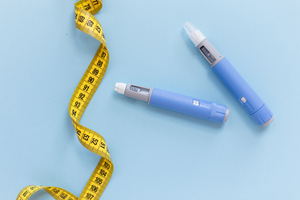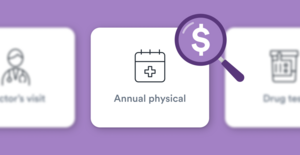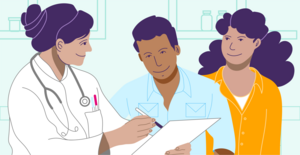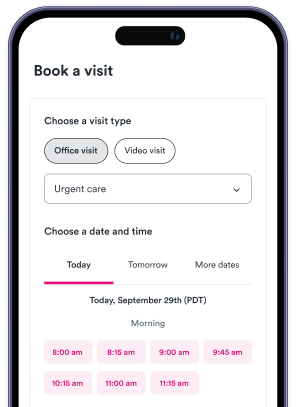Key points
- Rashes in adults can be harmless irritations or indicators of serious health concerns, requiring understanding of symptoms and characteristics.
- Warning signs to seek medical attention include severe allergic reactions, a rapidly spreading rash, sudden appearance, or accompanying fever.
- Other concerning symptoms include signs of infection, pain, a circular pattern, blisters, bruise-like appearance, joint pain, or persistence in skin folds.
- For mild rashes, home remedies like cold patches, oatmeal baths, and fresh aloe vera can provide relief, but persistent or worsening rashes require professional evaluation.
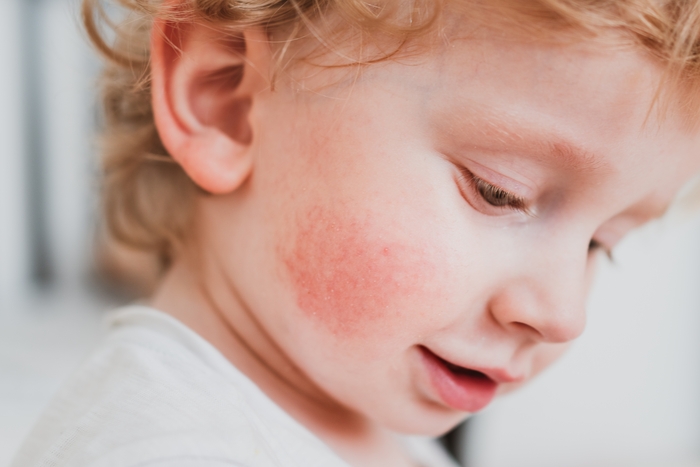
Rashes in adults can arise from a multitude of causes, ranging from harmless irritations to more serious health concerns, according to the American College of Allergies, Asthma and Immunology (AAAI). They explain that while many rashes are benign and may resolve on their own, it is crucial to recognize that some may signal underlying medical issues that require attention. Understanding the symptoms and characteristics of a rash can help you determine when it’s time to seek help from a healthcare professional.
12 reasons to worry about a rash
While many rashes are harmless and may resolve on their own, some can indicate more serious underlying conditions. Below are some key warning signs and symptoms that suggest it may be time to seek medical attention, sourced from the AAAI and American Academy of Dermatology (AAD).
1. There are signs of a severe allergic reaction
When experiencing a rash, one of the most critical situations to watch for is the presence of signs indicating a severe allergic reaction. Symptoms such as difficulty breathing, swelling of the throat or hives spreading beyond the rash area can signify anaphylaxis, a life-threatening condition that requires immediate medical attention.
2. The rash covers most of your body and/or is spreading quickly
A rash that covers a significant portion of your body or spreads rapidly can be a cause for concern. Such widespread rashes may indicate a systemic reaction or a serious underlying condition, such as a viral infection or autoimmune disorder. Rapidly spreading rashes can also lead to complications, including skin breakdown or infection.
3. The rash appeared suddenly
A rash that appears suddenly can be alarming and may indicate an acute reaction to an allergen, medication or infection. Sudden-onset rashes are often associated with conditions like hives or viral exanthems, which can require prompt evaluation to identify the cause. In some cases, a sudden rash can be a sign of a more serious condition, such as meningitis or a severe allergic reaction.
4. There is fever
The presence of a rash accompanied by a fever can suggest an infectious process or systemic illness. Conditions such as viral infections, including measles or chickenpox, often present with both fever and rash. A fever can indicate that the body is fighting an infection, and when combined with a rash, it may signal the need for further evaluation by a healthcare professional. Monitoring your symptoms closely and seeking medical attention if the fever persists or worsens is essential for your health.
5. There are signs of infection
When a rash shows signs of infection, it is crucial to take it seriously. Indicators of infection may include pain and swelling in the rash area, discoloration, warmth or the presence of pus. These symptoms can suggest that bacteria have entered the skin, leading to conditions like cellulitis or abscess.
6. The rash is painful
Painful rashes can indicate a variety of underlying issues, ranging from infections to inflammatory conditions. For instance, conditions like shingles or contact dermatitis can cause significant discomfort and may require specific treatments to alleviate symptoms.
7. The rash is circular
A circular or bullseye rash can be particularly concerning, as it may indicate conditions such as Lyme disease or other tick-borne illnesses. These types of rashes often have distinct characteristics and can be accompanied by other symptoms like fatigue or joint pain.
8. The rash blisters
Blistering rashes can signify a more serious skin condition, such as herpes simplex, chickenpox or allergic reactions. Blisters can also lead to complications if they become infected or if the skin underneath is damaged.
9. The rash looks like a bruise
A rash that resembles a bruise can be concerning and may indicate underlying issues related to blood clotting or vascular conditions. Conditions such as petechiae (pinpoint red or purple spots of bleeding under the skin) or purpura (larger such spots) can seem to be bruised areas on the skin but may require immediate medical evaluation to rule out serious health concerns.
10. There is joint pain
If a rash is accompanied by joint pain, it may indicate an autoimmune disorder or systemic infection, such as lupus or rheumatoid arthritis. These conditions can cause both skin manifestations and joint inflammation, and timely diagnosis is crucial for effective management.
11. The rash occurs in the folds of your skin
Rashes that occur in the folds of your skin, such as underarms, groin or between the thighs, can indicate conditions like intertrigo or fungal infections. These areas are prone to moisture and friction, making them susceptible to irritation and infections.
12. The rash doesn’t heal or gets worse over time
Most mild rashes are expected to heal within a few days to a week. If a rash persists beyond this time frame or begins to worsen, it may indicate a more serious underlying condition that requires professional evaluation. Signs that warrant concern include increased redness, swelling, pain or the development of new symptoms.
Some home remedies for mild rashes
According to the AAAI and AAD, when dealing with a mild rash, there are several home remedies that can help soothe irritation and promote healing. However, it’s important to remember that while these remedies may be effective for mild cases, persistent or worsening rashes should be evaluated by a healthcare professional. Some natural treatments which are often easy to implement and can provide relief from discomfort include:
-
Cold Patches: Applying cold, damp cloths or patches to the affected area can help reduce inflammation and relieve itching.
-
Oatmeal Bath: Soaking in a bath with colloidal oatmeal can provide soothing relief and help alleviate irritation caused by rashes.
-
Fresh Aloe Vera: The gel from fresh aloe vera leaves has natural anti-inflammatory properties and can be applied directly to the rash to promote healing and hydration.
Urgent care near me
If you’re experiencing a rash that’s concerning or not improving, don’t hesitate to seek professional help. Solv makes it easy to find urgent care facilities near you, ensuring you get the timely attention you need.
FAQs
When should I seek medical attention for a rash?
You should seek medical attention for a rash if it is accompanied by signs of a severe allergic reaction, if it covers most of your body or is spreading quickly, if it appeared suddenly, if it is accompanied by a fever, if there are signs of infection, if it is painful, if it is circular, if it blisters, if it looks like a bruise, if it is accompanied by joint pain, if it occurs in the folds of your skin, or if it doesn't heal or gets worse over time.
What are the signs of a severe allergic reaction related to a rash?
Signs of a severe allergic reaction related to a rash include difficulty breathing, swelling of the throat, or hives spreading beyond the rash area. These symptoms can signify anaphylaxis, a life-threatening condition that requires immediate medical attention.
What could a rash that covers most of my body or spreads quickly indicate?
A rash that covers most of your body or spreads quickly could indicate a systemic reaction or a serious underlying condition, such as a viral infection or autoimmune disorder. Rapidly spreading rashes can also lead to complications, including skin breakdown or infection.
What are some home remedies for mild rashes?
Some home remedies for mild rashes include applying cold, damp cloths or patches to the affected area to reduce inflammation and relieve itching, soaking in a bath with colloidal oatmeal to alleviate irritation, and applying the gel from fresh aloe vera leaves to the rash to promote healing and hydration.
What could a circular or bullseye rash indicate?
A circular or bullseye rash can indicate conditions such as Lyme disease or other tick-borne illnesses. These types of rashes often have distinct characteristics and can be accompanied by other symptoms like fatigue or joint pain.

